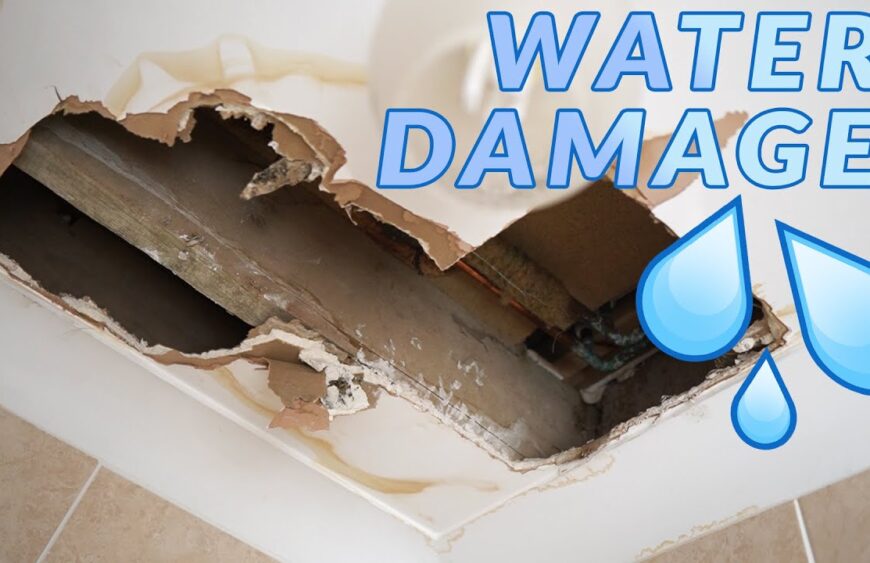Damp or water-damaged ceiling beams can be a serious problem for any home or business. Not only can the damage cause structural issues, but it can also lead to a host of other problems, such as mold, mildew, and rot. It’s important to identify and address damp or water-damaged ceiling beams as soon as possible to prevent further damage and potential health hazards.
Identifying Damp or Water-Damaged Ceiling Beams
The first step in addressing damp or water-damaged ceiling beams is to identify them. Damp or water-damaged beams will often show signs of staining, discoloration, or mold. They may also have signs of warping, cracking, or splitting. If you notice any of these signs, it is important to inspect the beams more closely.
Causes of Damp or Water-Damaged Ceiling Beams
There are several potential causes of damp or water-damaged ceiling beams. The most common is leaking pipes or roofs, which can cause water to seep into the beams and cause damage. Poor ventilation or inadequate insulation can also cause dampness or moisture to build up, leading to water-damaged beams. Finally, condensation or humidity can also cause damp or water-damaged ceiling beams.
Repairing Damp or Water-Damaged Ceiling Beams
Once the cause of the damp or water-damaged ceiling beams has been identified, it’s important to take steps to repair the damage. If the damage is minor, it may be possible to simply replace the affected beams. If the damage is more extensive, it may be necessary to replace the entire ceiling or install a new beam system. Additionally, it’s important to address the source of the water damage, such as a leaking pipe or roof.
Preventing Future Damp or Water-Damaged Ceiling Beams
To prevent future damp or water-damaged ceiling beams, it’s important to keep an eye out for potential causes. Regularly inspect pipes, roofs, and insulation for any signs of leaking or damage. Additionally, ensure that the area is well-ventilated and adequately insulated to prevent condensation or humidity from building up.
Common Questions about Damp or Water-Damaged Ceiling Beams
How much does it cost to repair damp or water-damaged ceiling beams?
The cost of repairing damp or water-damaged ceiling beams will depend on the extent of the damage and the type of repair needed. Minor damage may be able to be repaired with just a few new beams, while more extensive damage may require the installation of a new ceiling or beam system.
How can I prevent damp or water-damaged ceiling beams?
The best way to prevent damp or water-damaged ceiling beams is to inspect your pipes, roofs, and insulation regularly for any signs of leaking or damage. Additionally, ensure that the area is well-ventilated and adequately insulated to prevent condensation or humidity from building up.
What are the signs of damp or water-damaged ceiling beams?
The most common signs of damp or water-damaged ceiling beams are staining, discoloration, mold, warping, cracking, or splitting. If you notice any of these signs, it is important to inspect the beams more closely.









